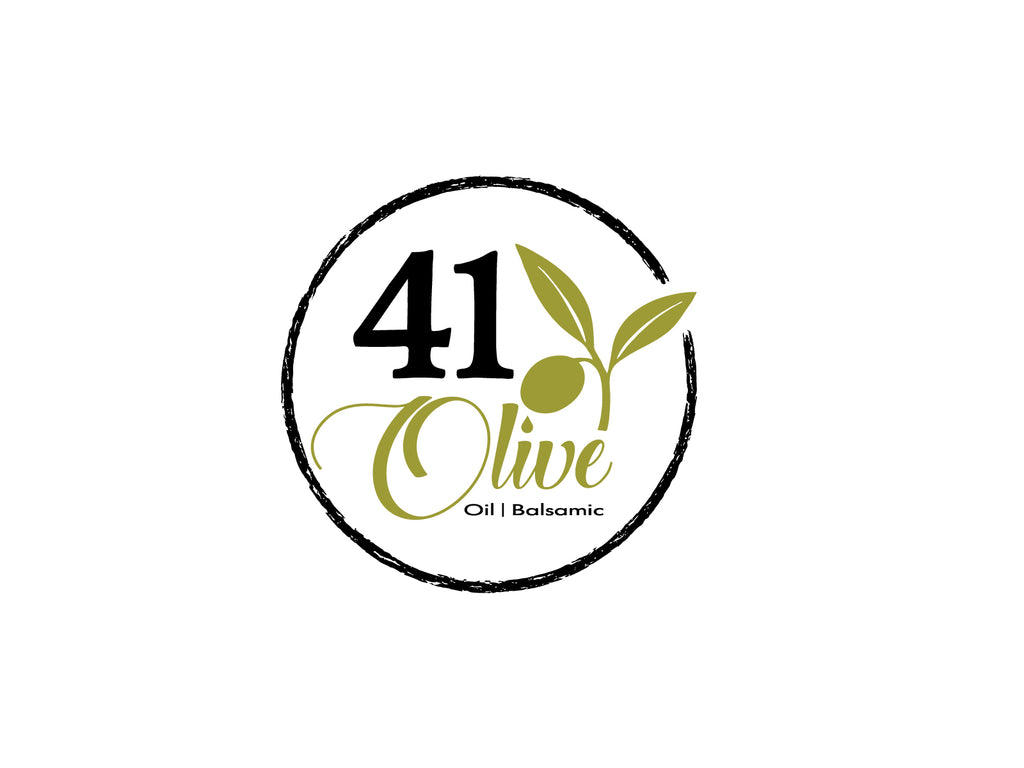Which One Should You Use: Balsamic Glaze Or Balsamic Vinegar?
Is there Balsamic Vinegar and Balsamic Glaze in your pantry? These are no longer considered to be specialty items. They can both be found readily.
What is Balsamic Vinegar?
Aceto Balsamico Traditional Balsamic Vinegar is from Modena in Italy and is labeled Aceto Balsamico Tidionale with D.O.P. stamp ("Denominazione di Origine Protetta"). This stamp is similar to real champagne. To be eligible for it, you must pass a rigorous certification process.
True Balsamic Vinegar is made from whole pressed grapes. It's aged in wood barrels for between 12 and 25 years. It also becomes thicker and more concentrated with age, so it is classified by its age. The grading system is affinato (fine), aged 12 years, vecchio (15-20 years), or extra vecchio (20-25 years).
The question is, then, whether quality really matters? Most of the time, yes.
Affordable Balsamic Vinegar Labels
Balsamic Vinegarof Modena is a more affordable option. Stamp (Protected Geographical Indication).
You will be able to read labels and find ingredients in even the most basic products. Although they contain gluten, these two bottles do have an ingredient list. If possible, our Olive Oil and Balsamic Vinegar Specialist recommend buying anything from Italy.
Artificial Balsamic Vinegar
Aisle grocery Balsamic Vinegar most likely artificial. You might reconsider buying balsamic vinegar if the label said "imitation" or was "artificial". These commercial-grade Balsamic Vinegars tend to be wine vinegars with added sugar and other artificial ingredients.
Using Balsamic Vinegar
Our Balsamic Vinegar Specialist suggests that you use Balsamic Vinegar.
- Mix with extra virgin olive oil to dip pieces of fresh bread. Gluten-free
- A simple homemade salad dressing made of oil and vinegar
- Use it as a marinade to marinate balsamic-marinated grilled vegetables
Balsamic Glaze: How to Use It
Balsamic glaze, also known as glassa or crema, is an Italian condiment. A reduction in Balsamic Vinegar. You can make it if you don't find it. Bring 1 cup balsamic vinegar and bring it to a boil. Once the vinegar has reduced to 1/4 cup, simmer the mixture until it becomes syrupy.
You will be able to see the results if you buy it. You will see the ingredient list on the label if you take a look at it. This glaze's label is in Italian. It contains "goma dixantano".
These are my three favorite ways to use balsamic glazing:
- Swirl cherry tomatoes, bocconcini, and fresh basil over tiny picks, long wooden skewers, or DIY style.
- For lunch, drizzled my salad ingredients, particularly tomato and avocado, into a plastic container
- Sprinkle over pasta or any other dish that needs a boost, just like you would use soy sauce for Asian food.
